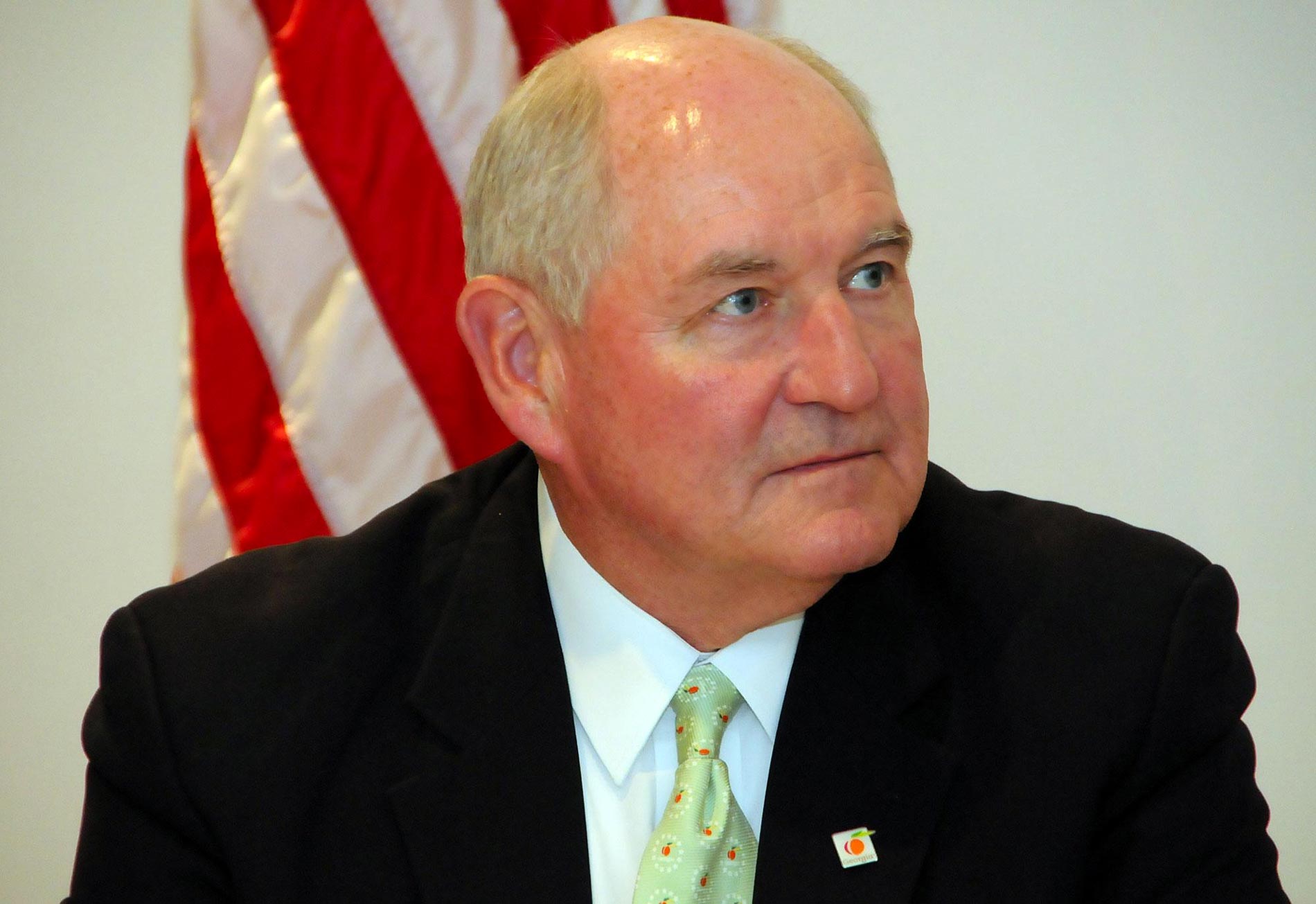Whither the Forest Service under the Trump administration?
Employees within the agency and those who care about national forests have asked that question since Trump’s election more than a year ago. But the agency—tasked with managing an active wildfire season and operating without the guidance of an undersecretary—has largely flown under the radar amid a never-ending maelstrom of drama and scandal at the top of the administration.
The administration’s vision for the Forest Service—insofar as it has one—can be inferred from a brief video statement issued last month by Secretary of Agriculture Sonny Perdue, who oversees the agency.
The video, which runs a little more than three minutes, is posted on YouTube—one of a series of videos that Perdue has filmed outlining the Department of Agriculture’s strategic goals under Trump.
Perdue, the former governor of Georgia, strikes an avuncular tone, beginning the segment with a folksy greeting of “Hello, USDA family. It’s Sonny here with you again.”
The Forest Service is the subject of Perdue’s “Goal Number 6” for the agriculture department, which is to “foster productive and sustainable use of our National Forest System lands.”
Perdue lists three objectives for the agency that fall under that goal:
- Contribute to the economic health of rural communities through use and access opportunities.
- Ensure lands and watersheds are sustainable, healthy and productive.
- Mitigate wildfire risk.
In the statement, Perdue mentions the importance of “stewardship” and “partnership.” Regarding the latter, he mentions the “good neighbor authority,” approved by Congress in 2014, which allows states to undertake forest management activities, including logging projects, on national forests with the Forest Service’s permission.
“State and local officials … value the forestlands in their communities,” Perdue says. “The good neighbor authority ought to be more than just a slogan. We truly want to be partners.”
Perdue cites mitigating wildfire risk as “one of my top priorities,” noting that the percentage of the Forest Service’s budget going to fighting wildfires has risen from 15 percent to well over 50 percent in recent years.
The secretary all but acknowledges that the huge portion of the agency’s budget going to firefighting stymies the administration’s desire to “invest in our forests” and to “manage our forests, to make them sustainable, healthy and productive.” He laments the practice of “fire borrowing,” in which funds designated for other purposes are instead used for firefighting efforts.
“Our friend Smokey Bear has been working nearly three quarters of a century to prevent forest fires, and we’re not giving Smokey the help he needs,” Perdue says. “But we will when Congress fixes the fire borrowing problem.”


